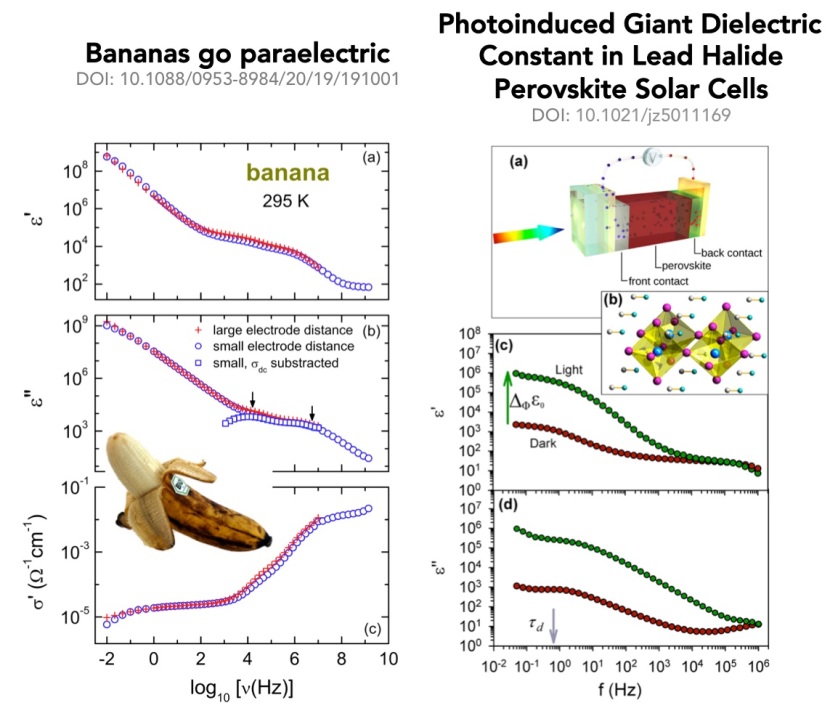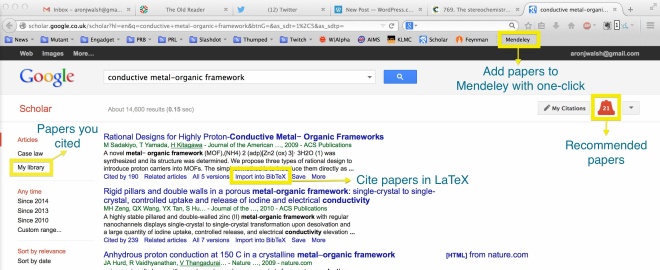They are all naked (how to survive scientific presentations)
May 15, 2015
I prefer writing to speaking, but from time to time the latter is necessary. When I quite young, I joined a speech and drama club that included mime and poetry. I still remember being on stage at Father Mathew Hall (Dublin City) for a competition. There was no fear in an eight year old me.
That confidence was lost, and I clearly recall my final year presentation as a Chemistry undergraduate, with quivering voice and shaking hands. As a postgraduate, my first conference presentation was at Oxford. I made the mistake of sitting at the back of the room. It was a long and terrifying walk to the front of the auditorium, but I survived. I knew that first talk by heart (and probably sounded like a nervous robot).
Of course presentations play an important role in science, so I had to work at it. I read quite a few books on public speaking (from the dreaded self-help section of the book shop). There were some good general speaker tips:
- Visit the room early to get used to the presenter view
- Speak slowly and clearly
- Face the audience as much as possible
- Try not to walk around
- Avoid repetitive words or hand movements
- Always bring your own pointer and laptop
- Practice
and some general content tips:
- Tell a story: a beginning, middle, and end
- Have a single message per slide
- Know your audience (tailor the content for them)
- Use the minimal amount of text
- Simple is best (no fancy transitions)
- Large fonts (for the people at the back)
No matter how much you read, it can be difficult to overcome your default behavior and reactions in the moment. Standing in front of your peers is not easy - I have seen senior professors from top universities being as nervous as first year students. I find it depends as much on the event itself (room layout and setup, audience interest and atmosphere). The worst case scenario is a half empty room of disinterested people with a microphone that keeps clipping. So I find that even with a similar set of slides, a talk can be a disaster, okay or great.
Despite all of the words above, it really comes down to the results. If you have something interesting to present, it doesn't matter how you do it. One of the most memorable talks I have seen is a student who stood up and delivered a 15 minute monologue (no slides or data). There are no rules.

